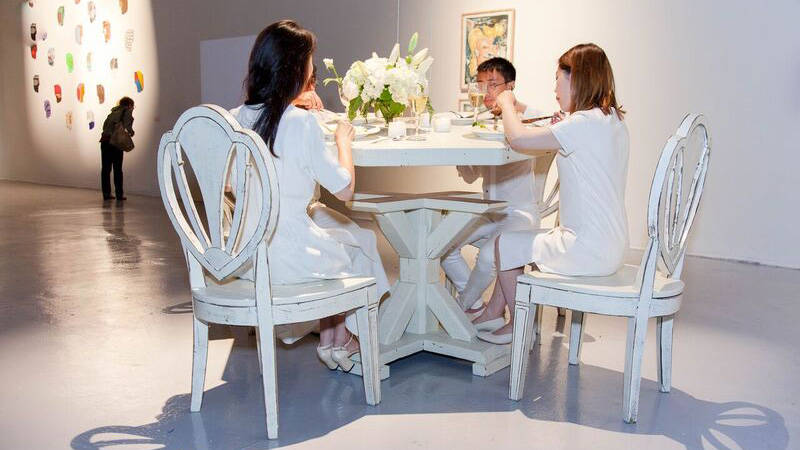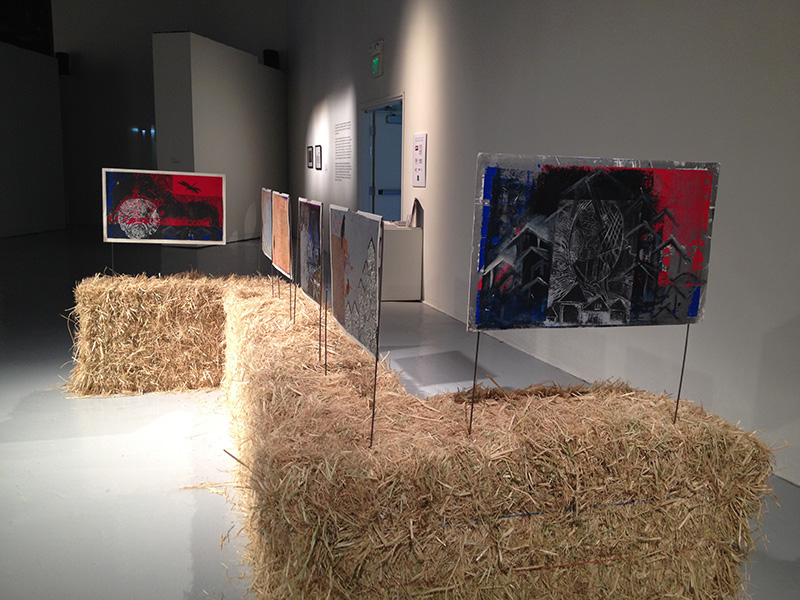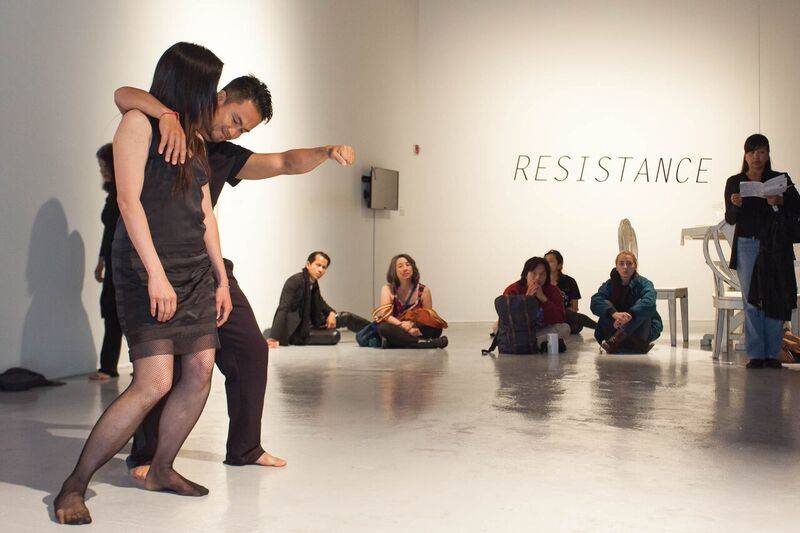The sight across the street from SOMArts Cultural Center’s building encapsulates the gallery’s newest show to a T: a throng of rickety tents are propped up in the parking lot under the Interstate 80 overpass, its residents situated along the curb, registering as mere blurs to the busy drivers whooshing down Brannan Street.
Resistance, a show presented by the Asian Pacific Islander Cultural Center (APICC), engages with issues of gentrification and displacement, a nearly ubiquitous conversation in increasingly expensive San Francisco.
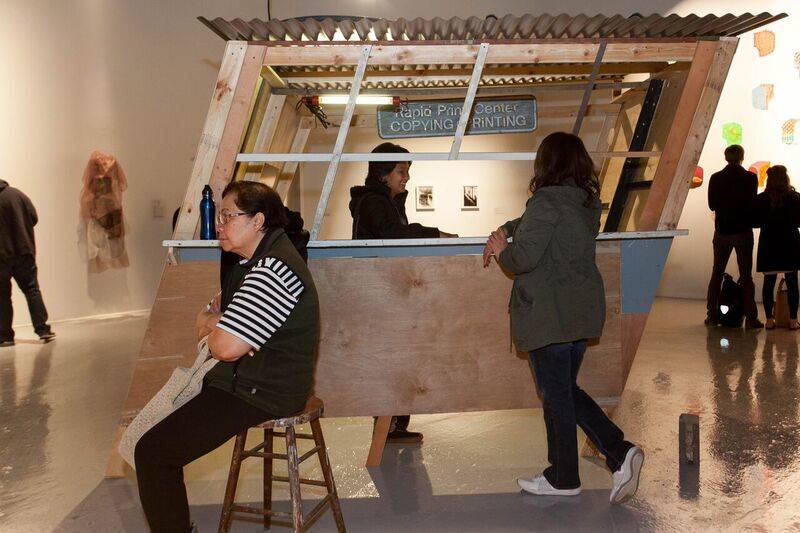
The show is part of this year’s United States of Asian America Festival (USAAF), whose theme, Civil Dis(place)ment, was directly inspired by a recent report showing 70 percent of surveyed artists in San Francisco experienced displacement from their workplace or home, according to Melanie Elvena, APICC’s artistic director.
As the exhibition title suggests, Resistance doesn’t take the issue lying down — the show not only offers Asian Pacific Islander artists’ own insights and experiences regarding different types of displacement, but also aims to empower and inform the communities directly affected by this threat.
“I ultimately want the show to not just be inspiring but also provide information — an informed individual is better equipped to make decisions on things they have greater understanding in,” says Pamela Ybañez, the show’s curator.
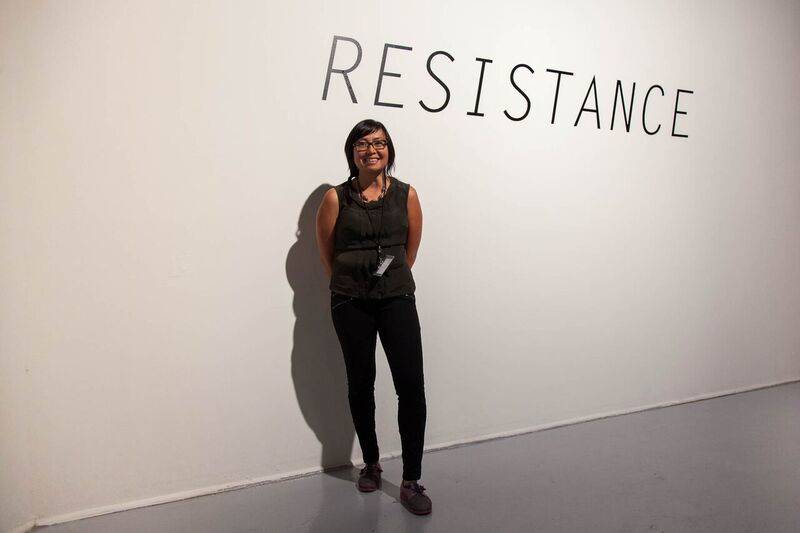
Ybañez hopes to bridge the supposed divide between visual and activist arts through this show, which provides hands-on engagement with its audiences through an anti-eviction workshop and panel, as well as a collection of eviction resources listed in the back of the show’s catalog.
